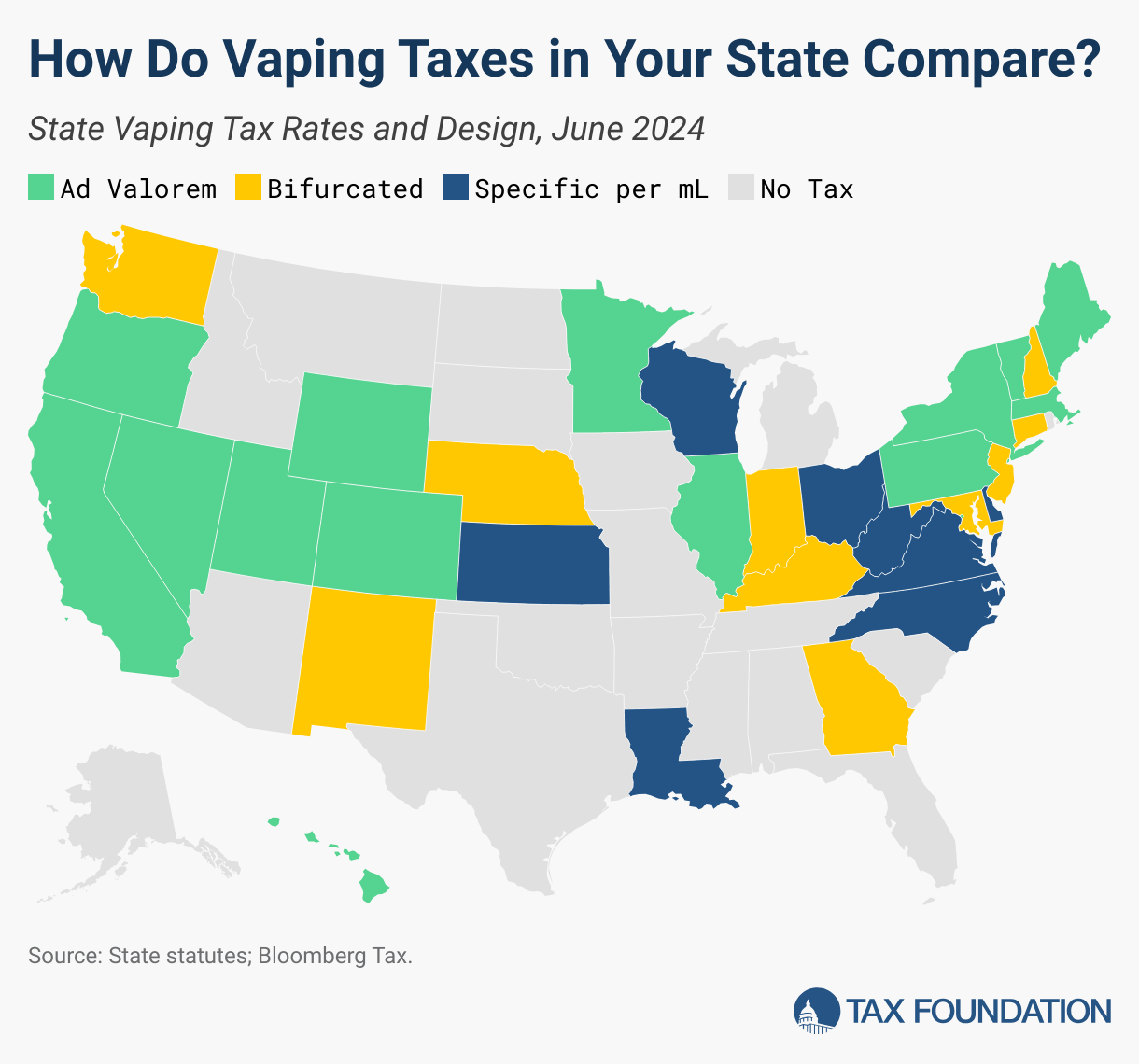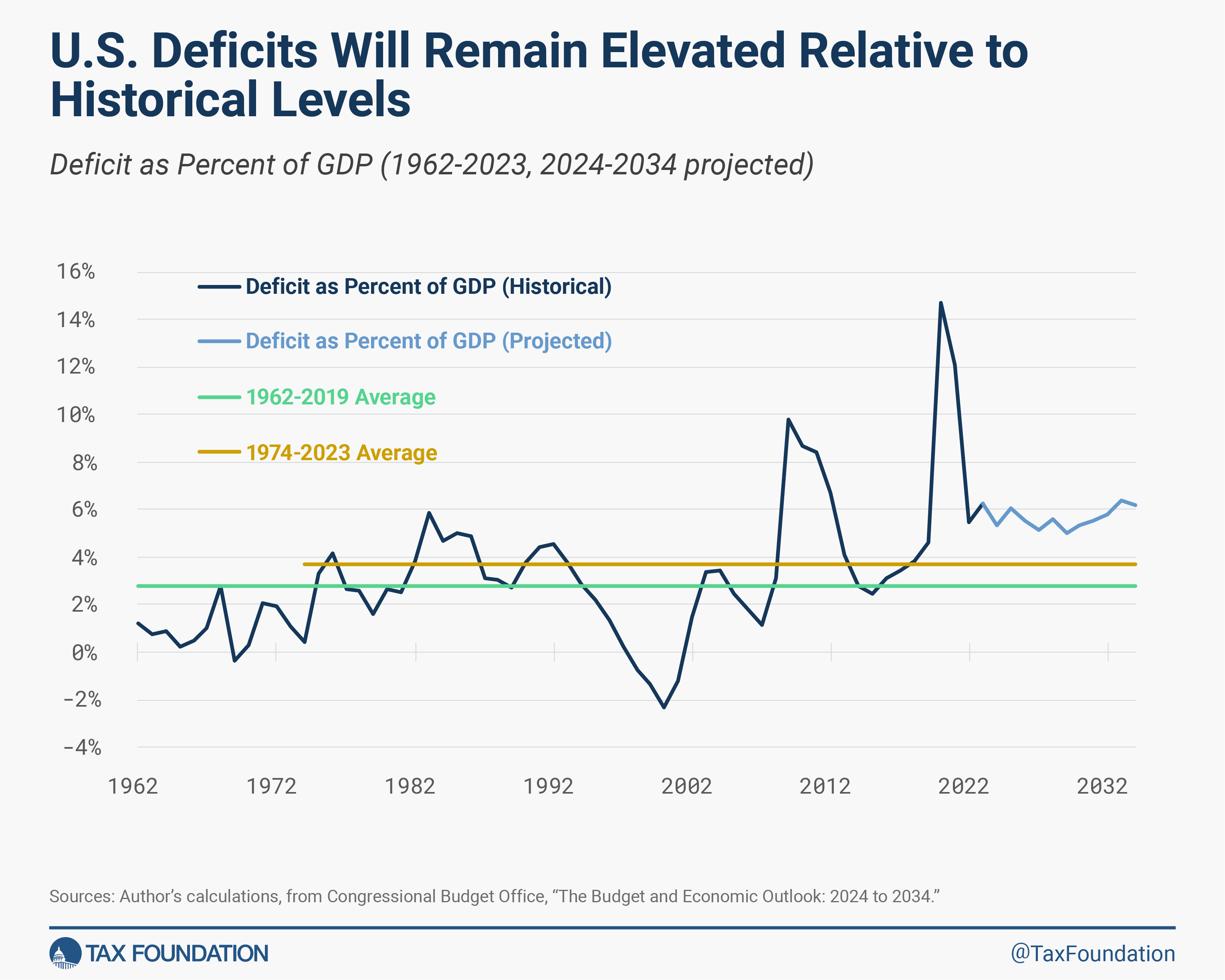Minnesota Tax Reform: Details & Analysis
Minnesota continues its search for new revenue despite running large surpluses. The good news is that one particularly deleterious proposal, with highly uncertain revenue prospects, has been dropped. The bad news is that lawmakers are still exploring several uncompetitive options that would make the state a national outlier.
The Senate no longer seems willing to support mandatory worldwide combined reporting, a welcome development. However, several other uncompetitive proposals remain under consideration: the addition of Global Low-Taxed Intangible Income (GILTI) to the corporate tax base, a fifth marginal tax bracket that would add a full percentage point to the individual income tax rate, and a surtax on capital gains income. Each would have a significant negative impact on the state’s economy if enacted individually, but, when implemented together, the negative effects would be compounded. They also present an unnecessary economic risk to a state that is projected to have a $17.6 billion budgetary surplus by the end of the 2024-2025 biennium that is expected to grow an additional 5 percent the following biennium (after accounting for a budget increase in the same 2026-2027 period).
GILTI Exceeds Scope of State Taxation
A tax on GILTI is essentially a tax on supernormal returns overseas and is designed to be a proxy for a tax on intellectual property or other intangible business assets at the federal level. After the Tax Cuts and Jobs Act (TCJA) of 2017 was enacted, many states automatically included GILTI in their tax bases as a result of the way legislatures conformed their corporate tax codes to the Internal Revenue Code.
As a matter of sound policy, states should avoid taxing GILTI, which is far beyond the traditional scope of state taxation. State taxation of GILTI is highly uncompetitive, as it increases in-state tax burdens for multinational businesses for reasons having nothing to do with the company’s activities in the state (or even in the U.S.). As such, the most competitive and economically neutral approach is for states to avoid taxing GILTI altogether, either by offering a subtraction for GILTI, or, for states that offer a 100 percent dividends received deduction, by classifying GILTI as foreign dividend income.
The addition of GILTI to the corporate tax base would make it more expensive for corporations to operate in Minnesota. To date, Minnesota has been able to retain a relatively large number of Fortune 500 companies despite having the second highest corporate income tax rate in the country, because that rate is only applicable to the profit the company generated from in-state sales. Taxation of GILTI income would undermine that advantage and incentivize these corporations to reduce their exposure to Minnesota’s tax system, favoring the 27 states that do not tax GILTI or do not impose a corporate income tax. And even compared to peers that also tax some portion of GILTI income, Minnesota’s unusually high corporate income tax rate makes the burden more substantial than it would be elsewhere.
Minnesota is also the only state actively trying to raise taxes on corporations in this way. New Jersey, which currently claims the top corporate income tax rate (11.50 percent) and also taxes GILTI, is actually in the midst of deliberations to move away from both. That would leave Minnesota as an outlier in both GILTI and the corporate income tax rate.
The Country’s Highest State Tax Rate on Capital Gains Income
Minnesota’s outlier status would be made worse if the governor’s capital gains proposal becomes law. The governor’s plan, which is being considered by the tax conference committee as an additional revenue generator, would levy a surtax of up to 4 percent: 1.5 percent on capital gains in excess of $500,000, and 4 percent on capital gains over $1 million, to be assessed on top of the highest marginal individual income tax rate, which the committee proposes increasing to 10.85 percent. All told, Minnesota could tax capital gains income at 14.85 percent in 2024—the highest state income tax rate (on earned or unearned income) in the country. California is currently highest at 13.3 percent.
According to the governor’s revised biennial 2024-2025 budget, the capital gains surtax is estimated to generate $679.6 million over the next two years. In reality, the figure is likely to be much lower. First, the revenue estimate is based on static scoring—as if the present economic conditions and population composition over the coming biennium were to remain unchanged. We know from data and research, however, that people respond behaviorally to tax changes. If taxes on capital go up, people tend to invest less or relocate to jurisdictions where the return on investment is higher. If taxes on capital go down, people tend to invest more and move into that jurisdiction since the return on investment is higher. Not everyone makes these decisions at the same point or all at once, but eventually they do make them.
Second, not only would Minnesota’s tax climate become less competitive, but numerous other states’ tax climates are becoming more competitive simultaneously. Twenty-five states, including neighboring Iowa and North Dakota, have cut their individual income tax rates since 2021. Meanwhile, South Dakota, which already has no income tax, passed legislation in March to reduce its general sales tax rate. Lawmakers in St. Paul are proposing policies as if Minnesotans do not have choices about where to establish businesses or residency. High-income earners have always been highly mobile, but with the advent of widespread remote work in the post-pandemic era, the barriers to relocation are now even lower.
Instead of raising taxes on job producers and risking the state’s economic health in a period of unprecedented revenue surplus, Minnesota lawmakers should use the overages as an opportunity to set conditions for greater tax competitiveness, which will yield greater economic returns in the long run. The ideal tax code is not punitive in nature. It picks neither winners nor losers. Instead, it seeks to raise revenue to fund the government in the most efficient ways possible, all while doing the least damage to the economy. The proposed tax on GILTI, the fifth marginal individual income tax rate, and the capital gains surtax all fail these basic tests.






